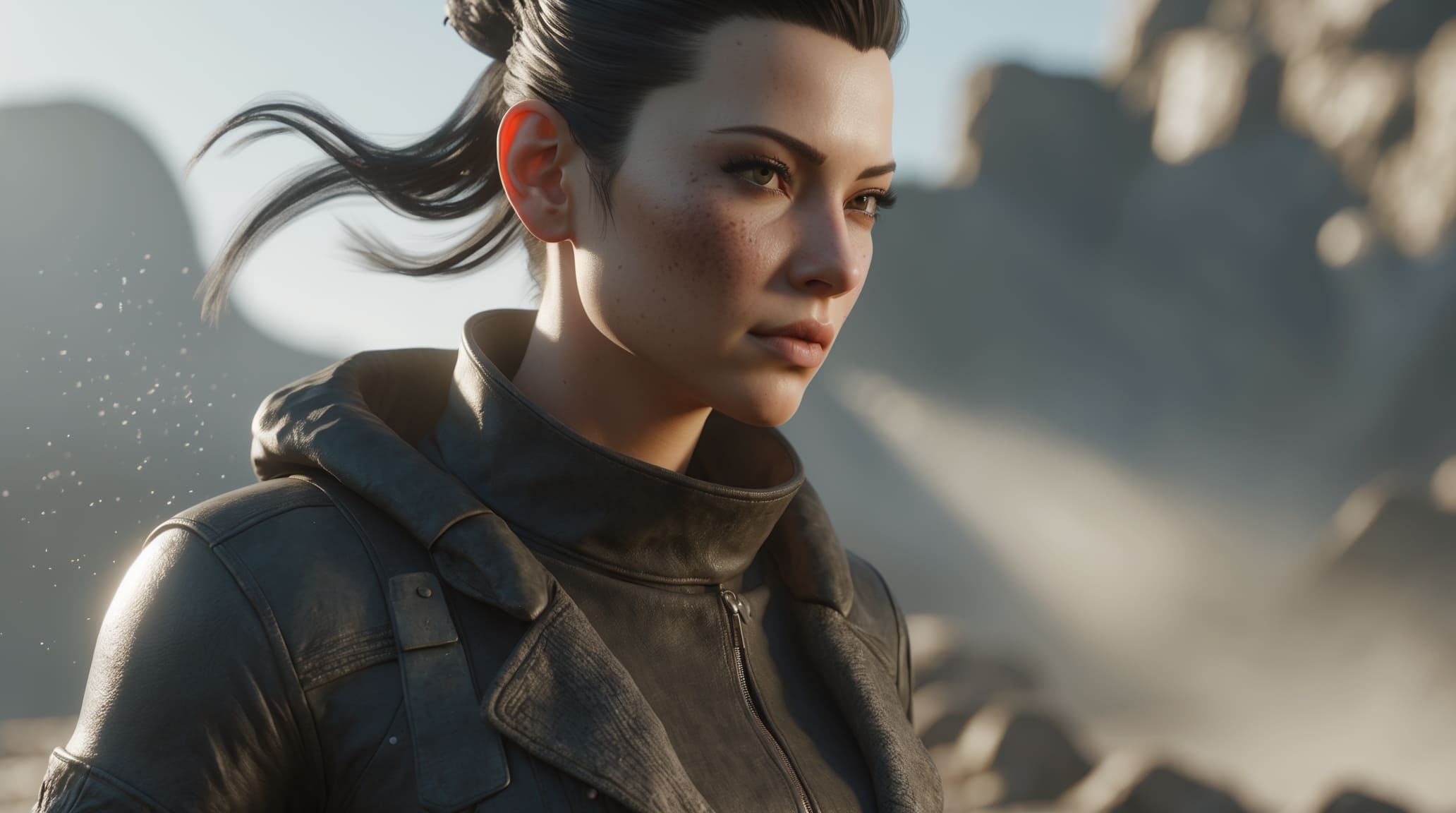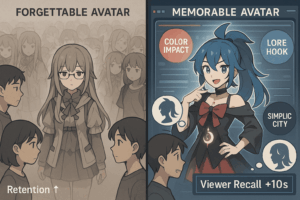In the universe of role playing games, storytelling is only as powerful as the characters behind it, reflecting players’ creativity . Players want to do more than just play—they want to become the heroes, rogues, or mages they’ve always imagined. That means the ability to create characters that look, move, and feel just right. And in today’s gaming world, low poly models are the magic ingredient.
Whether you’re building medieval adventures or sci fi sagas, low poly customizable models help deliver fast, stylish, and immersive gameplay. Here’s why they’re now an essential feature in every RPG.
The Low Poly Advantage in Role Playing Games
Every second counts in role playing games, especially when complex environments and layered narratives are at play. Low poly models are built with fewer polygons, which makes them lightweight, performance-friendly, and incredibly efficient and flexible. These characters can be smoothly animated across multiple platforms—from Blender and Unity to web-based apps and mobile games.
Even when rigged with realistic motion and detailed textures, low poly characters load faster and render more efficiently. Developers can maintain the rich storytelling that RPGs are known for, without sacrificing speed or quality.
Why Sci-Fi Role Playing Games Thrive on Low Poly Characters?
In sci fi role playing games, visuals are often complex, from robotic armour to alien skin. But despite their futuristic detail, low poly designs excel here too. They enable modular character systems—where players can customize, swap limbs, add cybernetic implants, and apply custom accessories or glow effects—without bloating file sizes.
With the right tools, these models support seamless animation, unique character silhouettes, and imaginative designs that keep players deeply invested. The best part? They don’t weigh down your system, whether you’re designing for PC, console, or mobile apps.
Create Characters That Players Truly Own
One of the biggest attractions of role playing games is the ability to customize. Low poly characters can be adjusted for body shape, hair, outfits, hairstyles, and more. Developers can offer huge collections of sliders, skin tones, weapons, and cosmetic elements—creating a sandbox of identity for players.
Whether you’re working on a magical forest RPG or a neon-lit racing sci fi adventure, offering in-depth character creation unlocks player loyalty. It’s an invitation for gamers to tell their own story within your universe.
Tools That Support Low Poly Character Creation
The beauty of customizable low poly characters lies in their accessibility. Popular platforms like Blender make it simple to sculpt, paint, and animate characters, while engines like Unity allow seamless integration into your project, bringing many features.
And thanks to support for multiple export/import formats such as fbx, obj, stl, and max, creators can transfer characters between pipelines with ease. Want to animate a warrior for a film? No problem. Need a rigged alien for a VR video experience? Go for it. These models can be used across a wide range of projects—from gaming to interactive storytelling.
More Than Games: Using RPG Characters Across Projects
The impact of customizable low poly characters doesn’t end with games. They’re also ideal for short films, explainer videos, branded apps, and virtual experiences. A single low poly model can be imported into various software ecosystems, adjusted using tools, and reused across media.
From indie animations to advertising campaigns and digital avatars, their scalability and versatility make them a staple for creative projects across industries. You’re not just building characters—you’re building a reusable digital identity.
Realism Through Simplicity
While low poly characters are known for their minimalist look, they don’t skimp on emotion or style. With clever use of shaders, smart rigging, and textured design, these characters feel realistic and expressive. They hit that sweet spot where function meets flair.
In role playing games, especially narrative-heavy sci fi stories or epic quests, a good blend of performance and personality is essential. Players want their avatars to show joy, anger, determination, or fear—and low poly can deliver all that with efficiency.
Role Playing Games Can’t Do Without Them
From better animation and performance to expansive customization and creative storytelling, customizable low poly characters are the engine behind today’s best role playing games. They empower developers to build beautiful worlds that run smoothly, blend creativity while offering endless creation options, and scale across platforms without compromise. As RPGs continue to evolve, especially with genre-bending elements like racing, sci fi, or even virtual tabletop RPGs, the demand for flexible, efficient, and beautiful characters will only grow. Explore 3DAiLY’s customizable low poly character library and bring your role playing games to life today.



